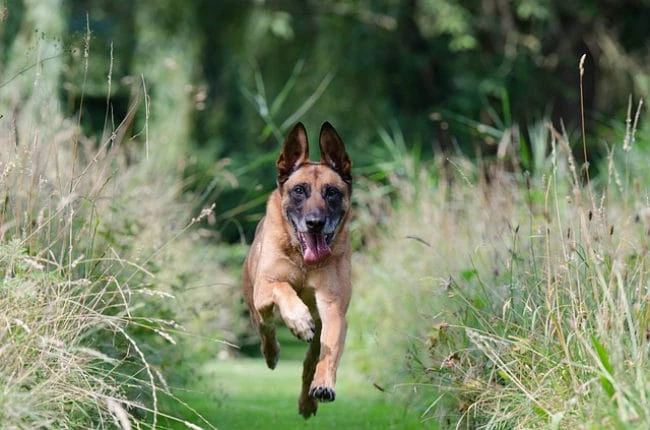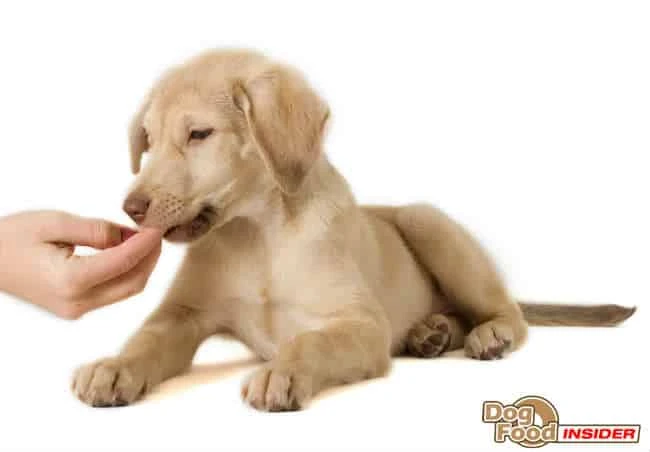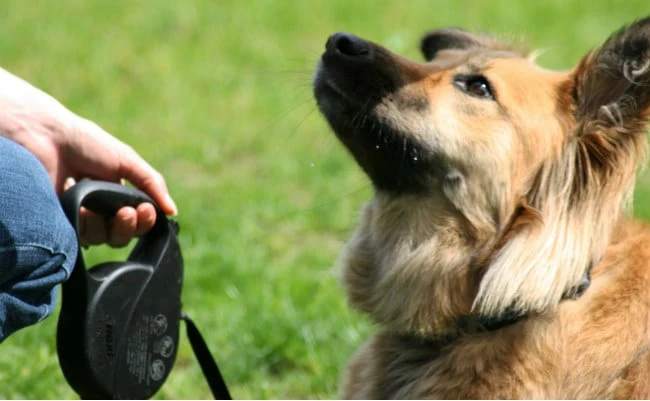10 Tips to Make the Dog Park a Positive Experience for You and Your Puppy

Dogs are social animals and can greatly benefit from regular interactions with their canine friends. It’s good for both their mental and physical health. An easy way to socialize and exercise your new pet is to visit your local dog park. Here are 10 tips to make it a positive experience for both you and your puppy.
Wait Until Your Puppy is Four Months Old
Puppies under four months of age typically aren’t welcome at dog parks and that’s because they haven’t received all of their vaccinations. Check your park’s policy to be sure. Another reason to wait? Older dogs and their rough play may unintentionally frighten and injure your pup.
Make Sure Your Pet’s Vaccinations and License are Current
To use a dog park, your puppy should be up to date on her vaccinations including the core group of distemper, hepatitis, parvovirus, and rabies. This will protect her in case she comes in contact with these diseases. Your veterinarian may recommend other vaccinations (for example, kennel cough and Lyme) depending on her exposure risk. It’s also important to secure a license for your pup from your municipality. If your dog was to become lost, the license will help to reunite you with your pet. Your dog park may require that the rabies and license tags be affixed to your puppy’s collar.
Spay or Neuter Your Dog
To avoid unwanted aggression and sexual behaviors at the dog park, most communities recommend that pets be spayed and neutered. If you choose not to spay your female puppy, she must be kept at home when she is in heat. Male dogs, even neutered ones, will get over-aroused which will result in fights, excessive mounting of the in-heat female, or both.
Bring a Leash
Get into the practice of leashing your puppy before entering and after exiting the dog park. Why? Even the most well behaved pet may become overly excited when he’s within smelling distance of a dog park. A leash helps you safely navigate a crowd of children or the parking lot. Once in the park, remove the leash so your puppy doesn’t snag it on something and injure himself. Equally dangerous, other dogs may view a still-attached leash as an opportunity to play tug-of-war. Do have your leash at the ready in case you need to quickly remove your dog from the park.
Leave the Toys and Treats at Home, But Bring Water
Your puppy may love playing fetch with a ball or Frisbee, but it’s best to save this activity for your yard. When you bring a toy to a dog park, it may elicit possessive behaviors from your puppy and other dogs. Another goodie that’s best left at home? Treats. When you carry treats, dogs may jump and jostle to get them. Additionally, certain treats may cause allergic reactions in some dogs. Water is always good to have, no matter what the temperature or season. A puppy that pants and has her tongue hanging out should be given frequent water breaks.
Discourage Your Puppy from Barking and Digging
Out of respect for the dog park’s neighbors, quiet your puppy if he starts to bark. If your pet loves to dig, discourage him from doing so and fill in the hole. Some dog parks have a strict policy against digging and may bar your puppy if he is a repeat offender.
Keep An Eye on Your Dog at All Times
The dog park is a great place for dog owners to connect. But don’t get too caught up in conversation. It’s essential that you monitor your dog at all times, to make sure she’s enjoying the dog park experience as much as you are. When your dog is engaged and happy, her tail will be wagging, her ears will be upright, she’ll have a smile on her face, and she’ll have a spring in her step. A dog that is fearful and stressed will have her tail between her legs, her ears may lay flat, she may be baring her teeth, and she’ll be shuffling backwards and cowering. If the latter is the case, remove your puppy from the situation. Take a walk, or redirect her to another group of dogs. If she continues to appear stressed, take her home so she can fully relax.
Respect Other Owners
Owners perceive canine play differently. Mouthing and wrestling may be perfectly fine with one dog owner, and completely not OK with another. Some may shrug off your puppy’s humping behavior, while others will demand that you pull your pet off theirs immediately. To maintain a courteous and respectful dog park environment, separate your puppy from another dog if the owner seems uncomfortable.
Be Sure Your Puppy Responds to Your Commands
You should have voice control over your puppy before venturing into a dog park. The reality is, however, that even the most responsive puppy at home may not be so cooperative at the park. Training should be done on a daily basis, and vary the distraction level and distance between you. That way, your puppy will respond more consistently to your commands, no matter what the situation.
Clean Up After Your Puppy
Bagging your dog’s waste is more than good manners. It helps to limit the spread of disease, too. Most dog parks have bag dispensers and garbage receptacles to make it easy to clean up after your pet. But it’s always smart to bring along extra bags, just in case.
Many new pet owners are reluctant to take their puppies to the dog park, for fear that they may be overwhelmed by the experience. But animal professionals agree that frequent outings to the dog park can result in happier and healthier canines as long as you follow certain guidelines. These include making sure your puppy’s vaccinations are up-to-date, keeping an eye on your dog at all times to ensure positive play, respecting other owners, and cleaning up after your pet. So grab your puppy, along with his leash and some water, and go!



